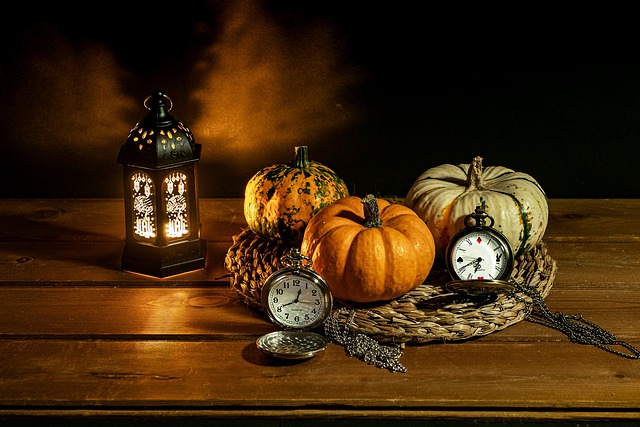Exploring the Art of Composition in Graphic Design: A Fine Arts Perspective
In the dynamic realm of graphic design, the term composition resonates deeply across cultures and forms of artistic expression. Much like a fine art painting, composition in graphic design is the harmonious arrangement of elements that conveys a story or emotion. As artists, we seek to visually stimulate the viewer while guiding their gaze across the canvas—be it digital or physical.
At the heart of fine arts lies the notion of balance and harmony. From the meticulous strokes of a Renaissance masterpiece to the bold colors of modern expressionism, every artistic movement has a unique approach to composition. Graphic designers can draw upon this rich history, understanding how foundational principles like symmetry, contrast, and focal points influence viewer perception. By engaging with these fundamental ideas, designers can elevate their work from mere visuals to evocative narratives.
Culture plays a pivotal role in defining what resonates within a composition. The influences of one’s cultural background can shape the visuals we create, leading us to prefer specific color palettes, patterns, and layouts. For instance, Eastern art often embraces space and simplicity, while Western art may lean towards intricate detail and depth. Understanding these differences allows graphic designers to create works that not only appeal aesthetically but also respect and celebrate diverse cultural narratives. Each composition tells a story grounded in its cultural context, infusing the design with meaning and relevance.
Art, in its many forms, embodies the essence of human experience. As graphic designers, tapping into this essence enriches our work. We should not shy away from experimenting, but rather embrace the spirit of fine arts. Consider the placement of elements within a composition—each component serves a purpose and contributes to the overall message. When an image captures attention, it mirrors the careful consideration of a painter selecting their brushstrokes. Every texture, color, and shape should feel intentional, creating a stronger connection between the artwork and the viewer.
Emphasizing composition in graphic design encourages a dialogue between the artist, their work, and the audience. By learning from the principles of fine arts, graphic designers can create pieces that invite viewers into their visual narratives, transforming the mundane into the extraordinary. Each project becomes an opportunity to explore new forms of expression, challenge cultural boundaries, and, ultimately, celebrate the art of visual storytelling.




